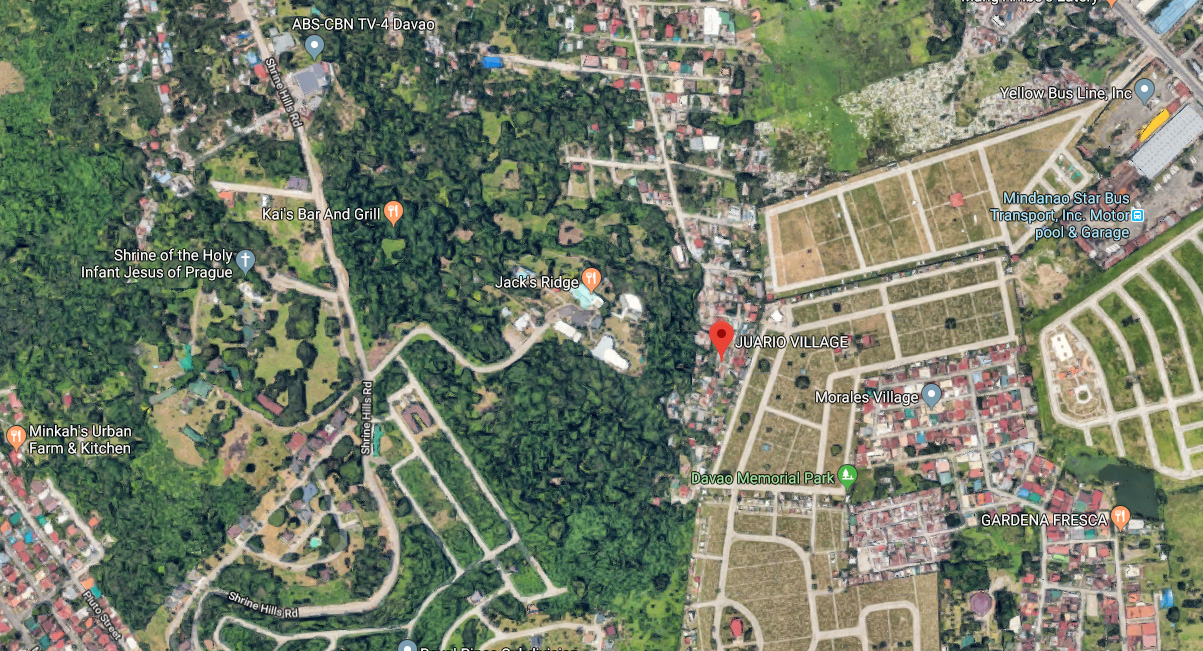Impressions from the commemorating the 156th Birth Anniversary of the Great Plebeian, Gat. Andres Bonifacio at the Bonifacio Circle, corner C.M. Recto and Magallanes Street in Davao City.
Thank you very much for the invitation City Government of Davao City thru City Administrator Attorney Zuleika Lopez.
The Honorary German Consulate in Davao City joined also by participating in the floral offering.
ANDRES BONIFACIO
Andres Bonifacio (November 30,1863 – May 10,1897)
Portrait of Andres BonifacioAndres Bonifacio was born on November 30, 1863 to Santiago Bonifacio and Catalina de Castro in Tondo located in Manila Philippines. He was a Filipino revolutionary hero who founded the Kataastaasan Kagalanggalang na Katipunan ng mga Anak ng Bayan (KKK) or Katipunan a secret society devoted to fighting the Spanish occupation of the Philippines. He was the first one to have a clear vision of what a Filipino nation should be—The Father of the Filipino Nation. He would later be known as Supremo; destined to change the history of the Filipino people.
Bonifacio was not born and raised a plebeian, his mother was half-Spanish and he was privately tutored by a certain Guillermo Osmeña. But things became tough for him when his parents died when he was 14 years old forcing him to quit his studies and look after his 5 younger brothers and sisters. He earned a living as a craftsman and seller of canes and fans and then he became clerk and agent for a foreign commercial firm, Fleming and Company. In spite of his lack of formal education, he taught himself to read and write in Spanish and Tagalog, and was actually so good at it that he later got a job as a clerk-messenger for the German trading firm Fressel and Company. It was said that Bonifacio was interested in Western classic rationalism and read the works of Victor Hugo, Jose Rizal, and Eugene Sue. He had a deep interest in reading books on the French Revolution and the lives of the presidents of the United States and acquired a good understanding of the socio-historical process. Although it must be argued that the main thing that made his later organizing activities successful would be his savvy to appropriate local consciousness and ancient Filipino concepts to the Katipunan—Inang Bayan, sandugo, kapatiran, kaginhawaan, and katimawaan or kalayaan. His passion for changing the plight of his countrymen under colonialism encouraged him to join La Liga Filipina. La Liga Filipina was organized in July 3, 1892 by Jose Rizal with the purpose of uniting the people under “one compact homogenous body” which is the nation, instituting reform, education and cooperation, building the nation in the grassroots.
Rise of the Katipunan
Four days after the establishment of the Liga, July 7,1892, the arrest and banishment of Jose Rizal the day before made it practically nonexistent as an organization. Andres Bonifacio along side Ladislao Diwa, Teodoro Plata and others decided to continue the struggle and formed the Kataastaasan Kagalanggalang ang Katipunan ng mga Anak ng Bayan (KKK) or Katipunan at the home of Deodato Arellano in Calle Azcarraga, Manila. A small room lit only by a table lamp they signed a solemn compact with blood drawn from their forearm to symbolized the birth of the Katipunan the sandugo was not just a blood pact but a pledge to love each compatriot as brothers and sisters as the ancients did when they consolidate the bayan—kapatiran.
Only when people have mabuting kalooban (good intentions, thus the Kartilya) for each other, will true kaginhawaan (total well-being) and kalayaan (freedom) be attained. Thus it must be said that the Katipunan was not just a mere organization that wanted to unite the people to topple the Spanish Empire, but wanted a true unity of mind and hearts among the Tagalogs (Taga-ilog, river people, referring to peoples/mga bayan from the whole archipelago) under one Inang Bayan seeking the enlightened and straight path, an original Filipino concept of the nation. After two previous Supremos, the humble founder of the Katipunan Andres Bonifacio finally agreed to be Supremo of the Katipunan.
An Excursion to the Mountains
As a theater actor himself, Bonifacio had a favourite character to play—Bernardo Carpio, the mythical Tagalog king trapped in between two mountains who will soon be freed to fight and free the people from the bondage of colonialism. On Good Friday of 1895, he went to the caves of Mt. Tapusi, Montalban, Rizal with his men. They wrote through charcoals on the walls of the caves “Naparito ang mga Anak ng Bayan, hinahanap ang Kalayaan. Mabuhay ang Kalayaan.” (The Sons of the People came here searching for freedom. Long live freedom!) Definitely, it was not a coincidence why he chose that time place for this, a declaration of independence: The Katipunan will be the Bernardo Carpio who will free Inang Bayan. They are willing to sacrifice their lives for the altar of freedom.
(Members of the Diplomatic Corps during the commemorating)
Photo Courtesy: Pibi Ann Neri Balcom, German Honorary Consulate, Davao City.































